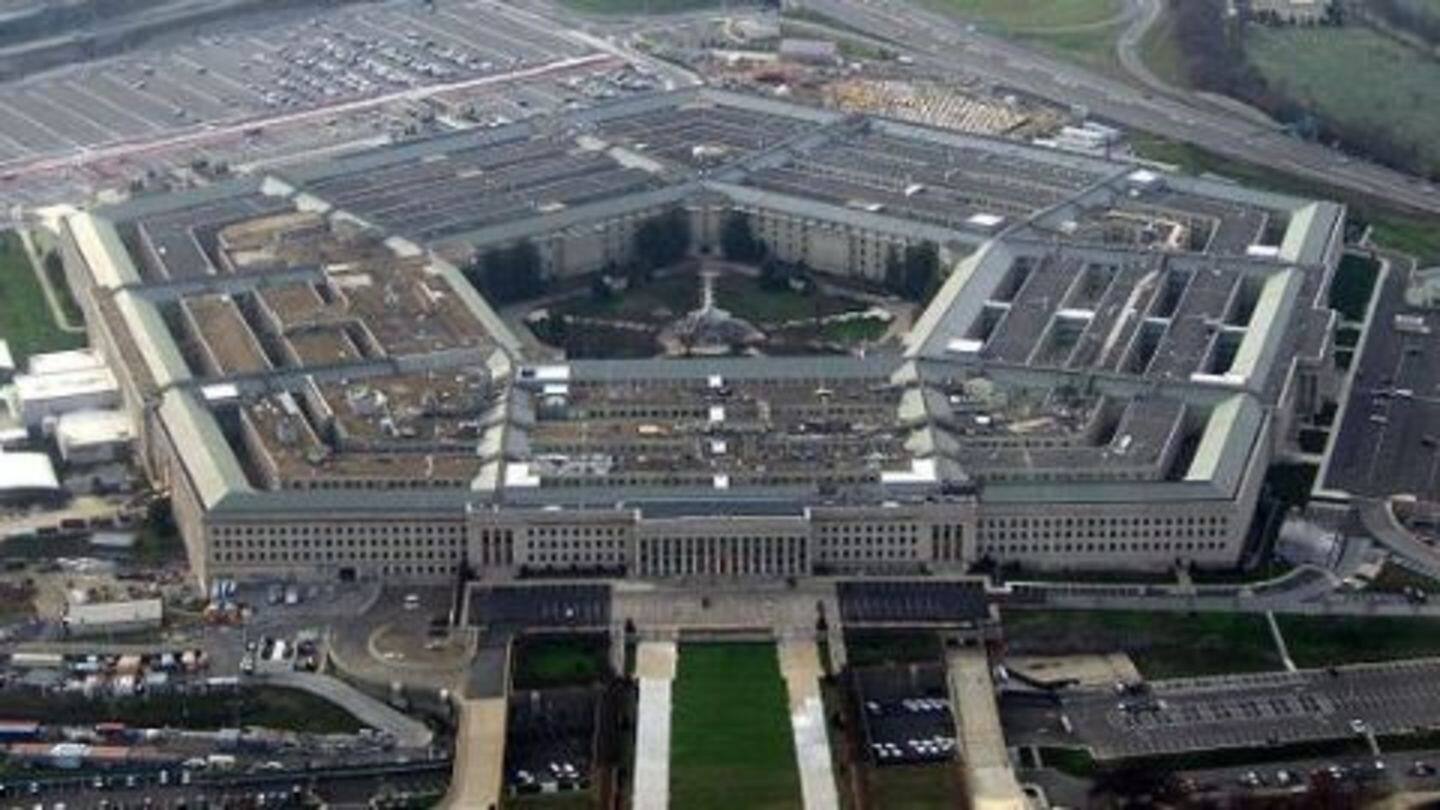
Pentagon creates India Rapid Reaction Cell
What's the story
In another important move in what has been a rapidly developing bilateral defense relationship between the US and India, the Pentagon announced the creation of a India Rapid Reaction Cell.
India becomes the only country to have a cell for itself inside the Pentagon; it was created sometime after Ashton Carter assumed Pentagon's leadership role in February.
The cell is headed by Keith Webster.
2005
Becoming better friends through defense
India and the USA took a remarkable step forward when they signed the New Framework for Defense Cooperation in 2005.
Immediately after, India started holding military exercises with the USA, more so than any other country.
Since then, there have been massive defense exchanges as well as cumulative defense sales in the range of $8 billion.
There has also been cooperation in homeland security.
27 Sep 2013
Deepening through the decade
Over the years, the defense relationship between the USA and India has only deepened.
Since they share common security interests, they have worked together to support India's defense system, and procurement related issues.
The Joint Declaration on Defense Cooperation issued in 2013 highlighted the deepening of bilateral defense relations and spoke about the status of the mutually helpful defense relationship.
3 Jun 2015
The India-US bonhomie continues
US Defense Secretary Ashton Carter signed the Ten Year Defense Framework Agreement with his Indian counterpart, Manohar Parrikar, in New Delhi on June 3.
During President Obama's trip to India, the decision was made that the defense pact would be extended for ten years.
The pact focused on issues ranging from maritime security to joint training and development of technology for manufacturing defense equipment.
Information
Look no further than the States
Over the last few years, the security threat that India perceives has pushed it to buy more arms and equipment. In the last three years specially, this demand for arms has been fulfilled to a large extent by the USA, which is now India's largest arms supplier.
2015
In tandem with Modi's 'Make in India'
The pact seemed to suit Modi's goals as well, with its emphasis on manufacturing arms in India itself.
This suits Modi's "Make in India" campaign well.
Not only will the USA and India become counterparts in producing arms, but they will also provide jobs to Indians.
At the same time, the USA gets to make use of a large, efficient and cheap work force.
16 Sep 2015
Special treatment, special cell, one of a kind
Keith Webster is the Director, International Cooperation Office of the Under Secretary of Defense for Acquisition, Technology and Logistics.
At the moment, seven people work in this cell, representing various parts of the US Department of Defense.
This cell will speed up the process of developing arms technology and producing high-tech military equipment within India itself.
This gives the US-India relationship a new thrust.